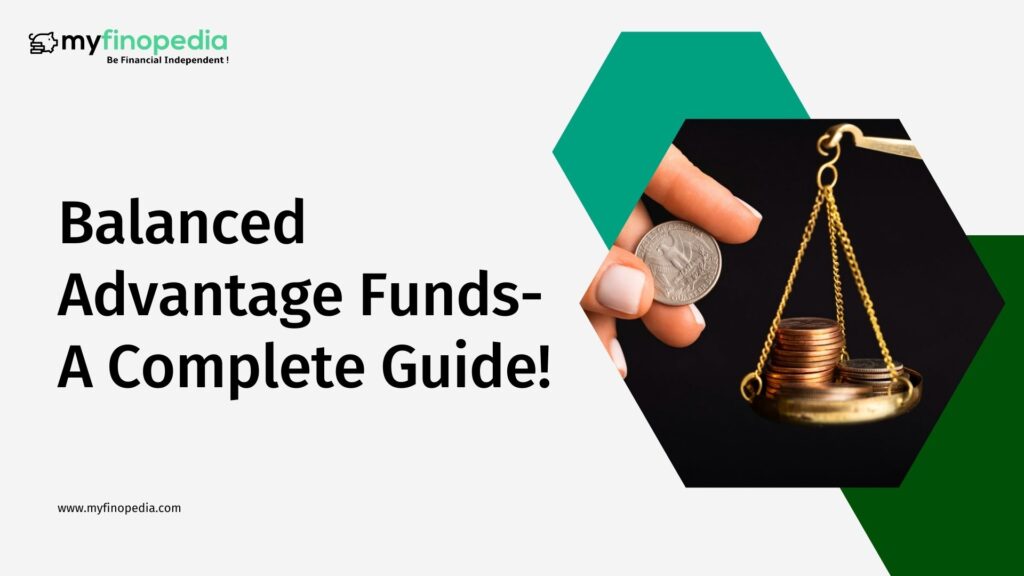Mutual funds that constantly alter their asset allocation between debt and equity instruments in response to market conditions are called balanced advantage funds, or dynamic asset allocation funds. In order to maximize profits while controlling risks, the fund management modifies the equity-debt mix in an effort to take advantage of market opportunities. Balance Advantage Funds invest in a combination of fixed-income securities and stocks.
How Does It Work?
- Using a dynamic asset allocation technique, Balanced Advantage Funds attempt to manage different market circumstances. Fund managers take a methodical approach, regularly assessing economic indicators and market prices.
- They modify the fund’s allocation between debt and equity instruments in light of their assessment in order to maximize returns and efficiently control risks.
- The fund manager may raise exposure to stocks during favourable market periods in order to take advantage of possible growth possibilities. On the other hand, to protect capital and lessen possible losses, the allocation may lean towards debt instruments during doubtful times. The fund manager’s timely adjustments are guided by preset models or metrics that are frequently used in the decision-making process.
- These funds are a desirable alternative for individuals looking for a more flexible investing strategy because of their constant monitoring and flexibility, which aim to achieve a balance between capital appreciation and risk mitigation.
Benefits Of Balanced Advantage Funds?
Risk management: A flexible strategy for controlling market risks is offered by balanced advantage funds. Their objective is to safeguard investors during moments of volatility by modifying the allocation in accordance with market conditions.
Market Opportunities: By investing in these funds, investors can take advantage of shifting market conditions. In bull markets, the fund may allocate more to stocks in order to maximise returns; in bear markets, on the other hand, it may switch to debt in order to reduce losses.
Diversification: By distributing the risk among several asset classes, the combination of debt and equity instruments naturally produces diversification. Investors looking for a balanced risk-return profile may find this appealing.
Suitability for Novices: According to the report, Balanced Advantage Funds are regarded as the best options for individuals who are new to investing in mutual funds. This may be because of their dynamic nature, which permits a detached approach and makes them appropriate for individuals with limited knowledge of market changes.






